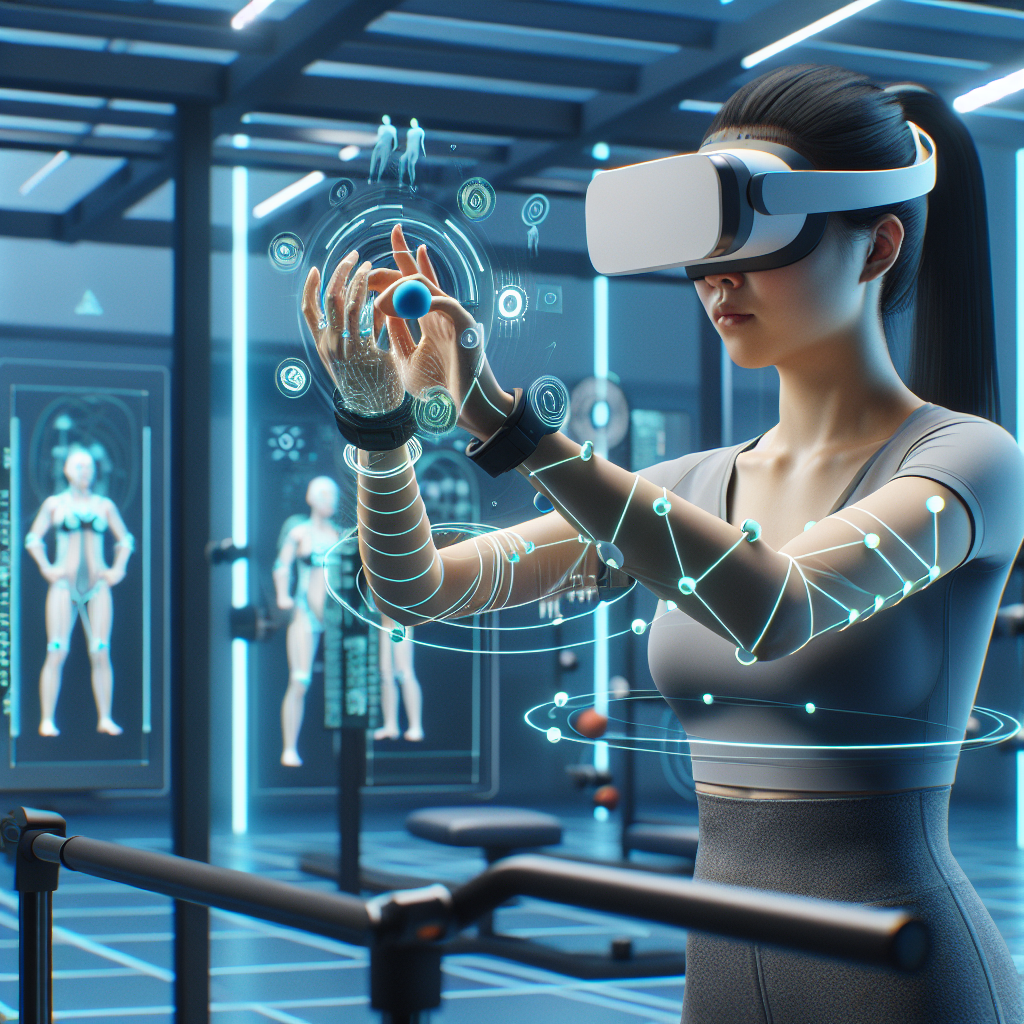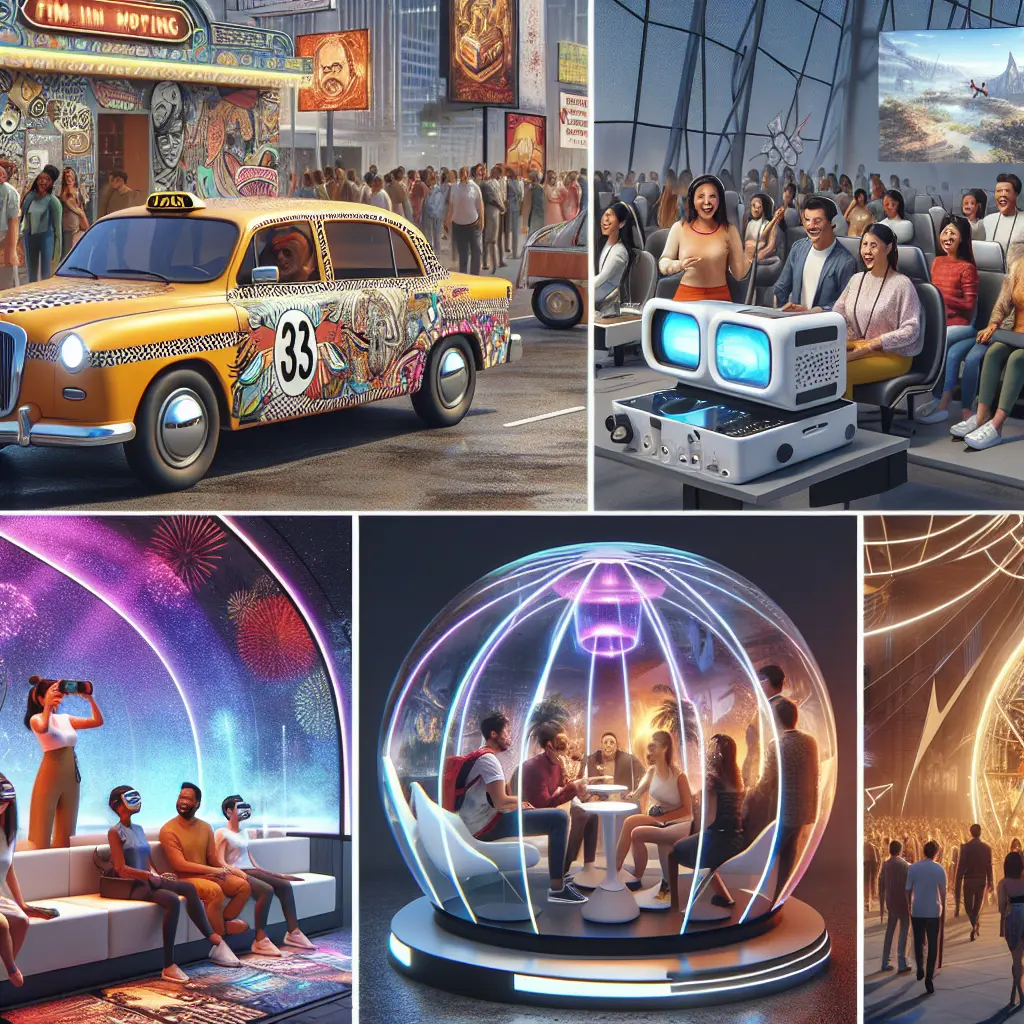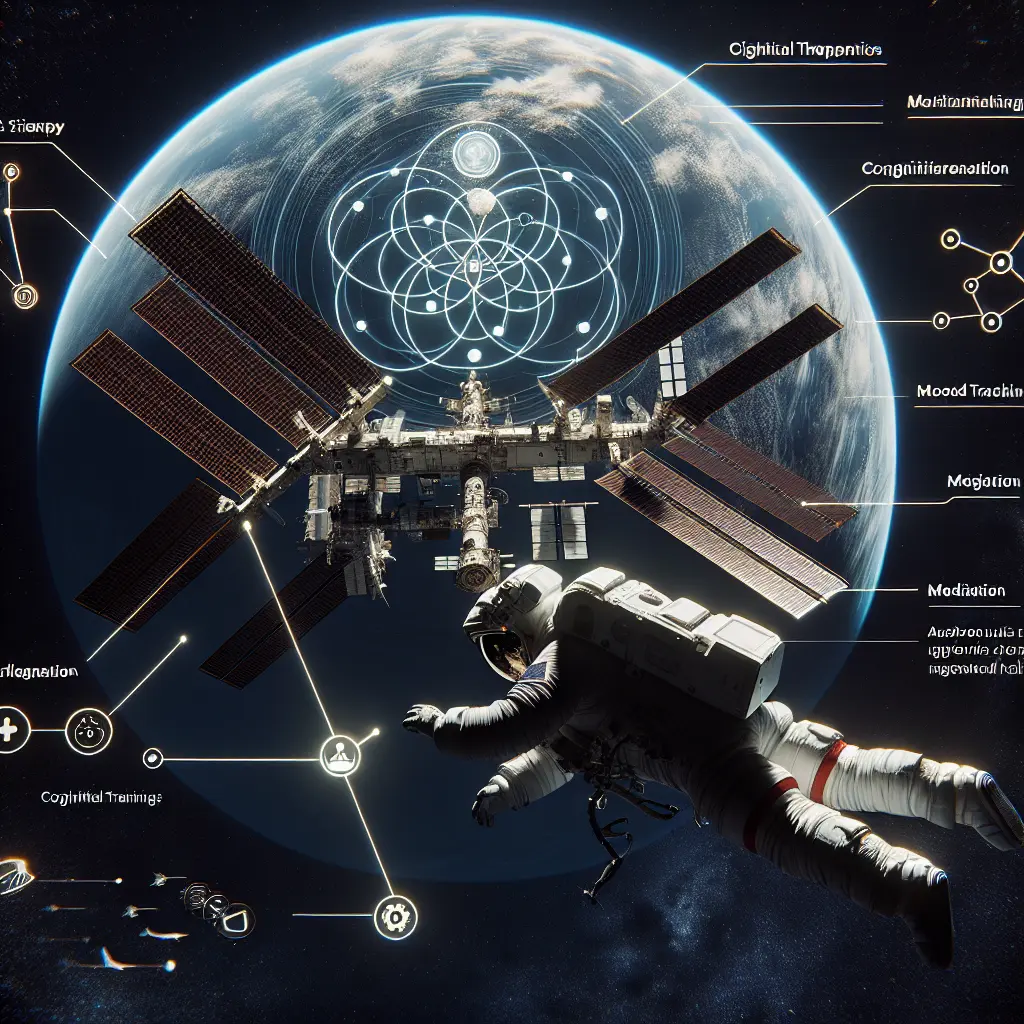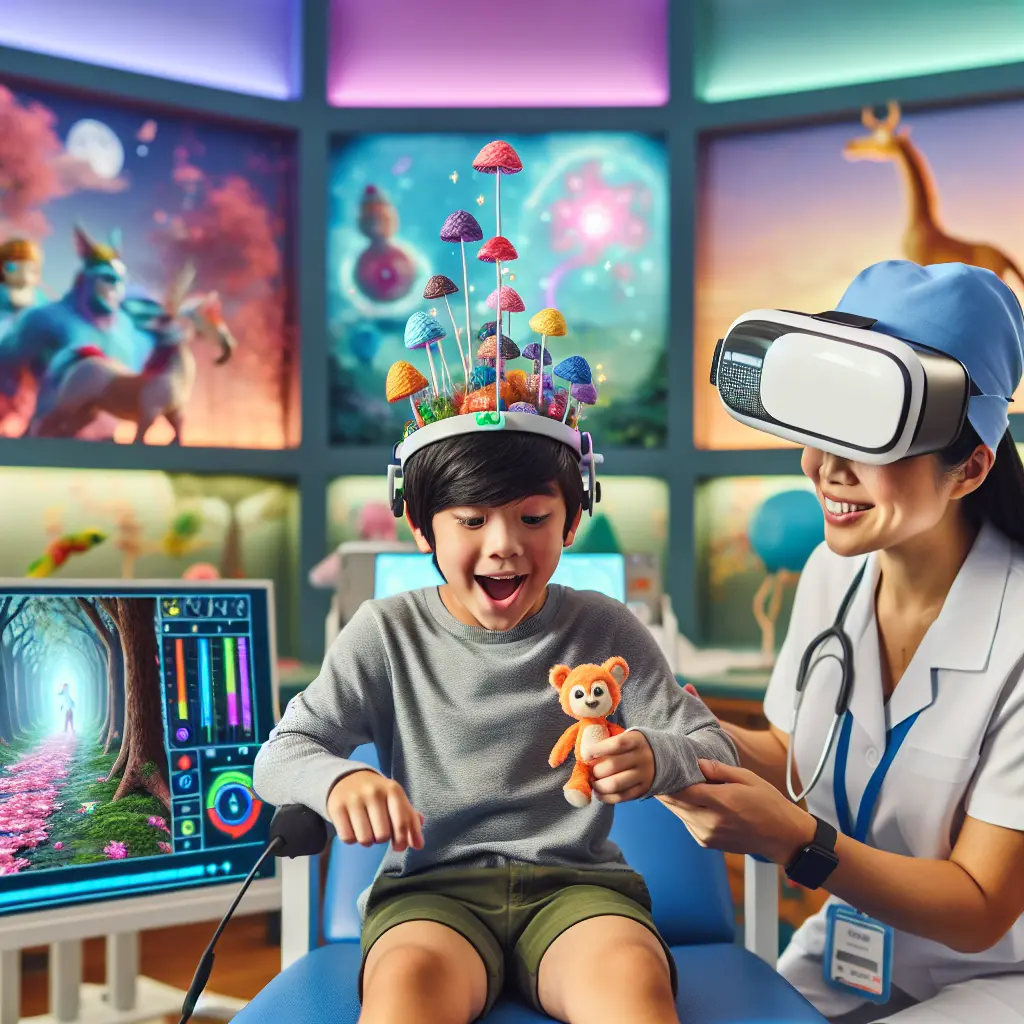Virtual reality therapy is entering a new era, offering a revolutionary approach to hand rehabilitation for patients recovering from conditions such as stroke and osteoarthritis. This technological leap is reshaping traditional methods and providing new hope for more comfortable, effective, and accessible therapy experiences.
For years, hand rehabilitation has relied heavily on mechanical gloves—devices that can be effective but often prove heavy, restrictive, and uncomfortable for extended use. These conventional approaches frequently require visits to specialized facilities, placing additional strain on patients who may already face significant mobility challenges.
A Groundbreaking Innovation
Researchers at Zhengzhou University have introduced a novel VR hand rehabilitation system that moves beyond cumbersome hardware. Instead of requiring bulky gloves or complex devices, this new method utilizes a load-free, non-hand-worn solution that enables patients to participate in immersive therapy sessions without physical encumbrances.
How the VR Therapy System Works
The system employs ionic hydrogel electrodes—soft, wet-adhesive, self-healing, and highly conductive patches—placed directly on the forearm. These electrodes detect electromyographic (EMG) signals produced by muscle activity during hand movements. Advanced deep learning algorithms, particularly Convolutional Neural Networks (CNNs), process these signals to recognize a variety of hand gestures with impressive accuracy. Patients then interact with a virtual reality platform, allowing their recognized gestures to drive engaging and personalized therapy exercises.
Benefits for Patients
Trials of this system have shown remarkable results: it achieves 97.9% accuracy in identifying 14 standardized hand rehabilitation gestures. This precision supports tailored therapy and offers several key advantages:
- Load-Free Experience: No need for heavy or restrictive devices.
- Flexibility: Enables rehabilitation anytime and anywhere—even at home.
- Accessibility: Reduces reliance on specialized clinics, benefiting those with limited mobility or in remote locations.
- Personalization: Deep learning adapts therapy to each patient’s progress.
- Enhanced Engagement: VR makes exercises more enjoyable and motivating, improving adherence.
Revolutionizing Physical Therapy with Non-Hand-Worn VR Solutions
This new system represents a major advancement not only in hand rehabilitation but also in the broader field of physical therapy. Its non-invasive design eliminates barriers posed by traditional wearable devices, paving the way for adaptable and user-friendly rehabilitation experiences.
Researchers envision expanding this technology beyond hand therapy. The flexible and comfortable ionic hydrogels could be used in treating musculoskeletal injuries, supporting geriatric rehabilitation, and even enabling therapy for other parts of the body. The integration of deep learning allows the system to continually refine its gesture recognition capabilities and personalize care for diverse patient populations.
Expanding Opportunities in Home-Based Care
One of the most promising aspects of this innovation is its ability to support home-based therapy. By removing the need for clinic visits and specialized equipment, patients can perform essential rehabilitation exercises in their own space and on their own schedule. This accessibility is crucial for individuals facing mobility challenges or living far from medical centers.
With further refinements in gesture recognition and system adaptability, the future may bring even more robust home-based rehabilitation options. The combination of flexible biomedical technology and intelligent software points toward a future where high-quality care is available to more people than ever before.
The Future of Virtual Reality Therapy: Toward Greater Accessibility and Personalization
By leveraging deep learning alongside advanced materials like ionic hydrogels, virtual reality therapy is breaking down the physical and logistical barriers that have long challenged traditional rehabilitation. This convergence of technology and empathy is poised to dramatically improve outcomes and the overall quality of life for patients recovering from injury or illness.
The implications are far-reaching—not just in hand rehabilitation but across the landscape of physical therapy. As research continues and these systems become more widely adopted, we can anticipate improved therapy outcomes, higher patient engagement, and greater access for those in underserved communities.
This innovation is more than just an engineering achievement; it exemplifies how compassion-driven technology can empower individuals on their road to recovery, enabling them to regain control and confidence through immersive, effective therapy sessions.
To read further about this pioneering technology, visit: New VR system transforms hand rehabilitation with load free design.
Stay inspired by the intersection of innovation and care—virtual reality therapy is not just advancing technology; it's transforming lives, one immersive session at a time.








Leave a Comment